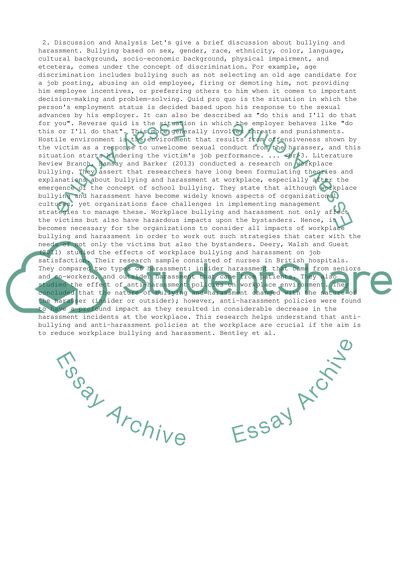Cite this document
(“Managing bullying and harassment in the workplace Research Paper”, n.d.)
Managing bullying and harassment in the workplace Research Paper. Retrieved from https://studentshare.org/management/1497343-managing-bullying-and-harassment-in-the-workplace
Managing bullying and harassment in the workplace Research Paper. Retrieved from https://studentshare.org/management/1497343-managing-bullying-and-harassment-in-the-workplace
(Managing Bullying and Harassment in the Workplace Research Paper)
Managing Bullying and Harassment in the Workplace Research Paper. https://studentshare.org/management/1497343-managing-bullying-and-harassment-in-the-workplace.
Managing Bullying and Harassment in the Workplace Research Paper. https://studentshare.org/management/1497343-managing-bullying-and-harassment-in-the-workplace.
“Managing Bullying and Harassment in the Workplace Research Paper”, n.d. https://studentshare.org/management/1497343-managing-bullying-and-harassment-in-the-workplace.


